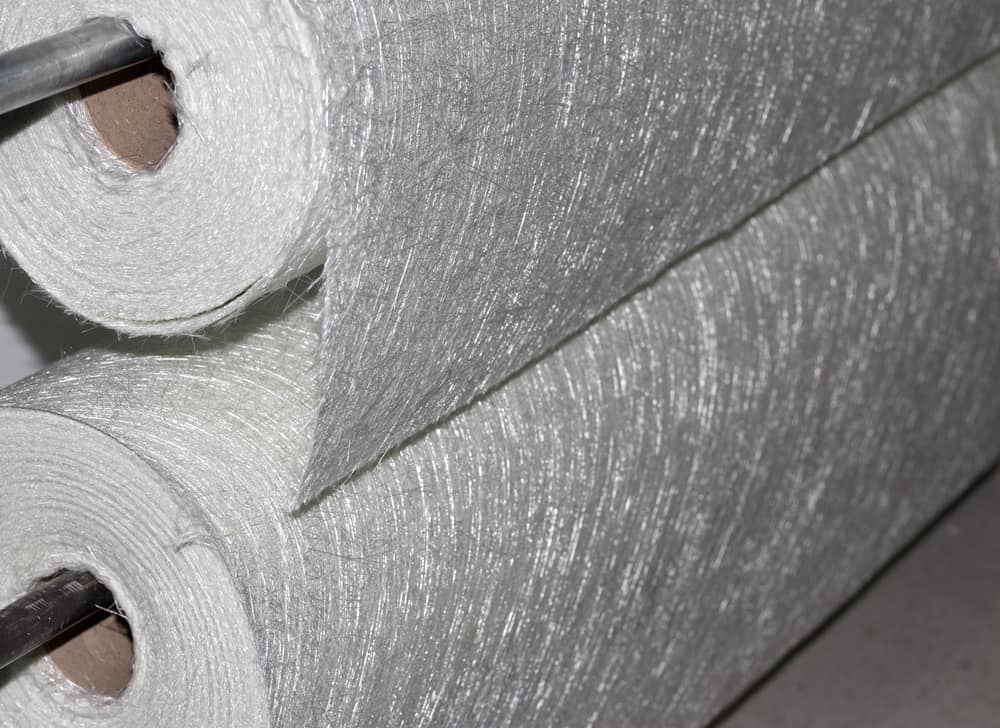Fiberglass is an incredibly versatile material that can be used in a variety of applications. It’s strong, lightweight, and resistant to corrosion and weathering. It’s also an excellent insulator, making it a great choice for a wide range of projects.
But not all fiberglass is created equal. Different types of fiberglass offer different advantages and disadvantages, so it’s important to understand the differences before you decide which type is right for you.
In this article, we will discuss the different types of fiberglass, their uses, and their benefits.
E-Glass
E-glass is the most common type of fiberglass and is best suited for applications where strength and durability, as well as its ability to resist rust and corrosion, are needed.
E-glass is a type of fiberglass made from a blend of silica sand, calcium carbonate, and other minerals. It is often used in boat hulls, surfboards, and home insulation. It has excellent electrical and thermal insulation properties, making it a great choice for electronics and heat insulation.
S-Glass
S-glass is stronger and more resistant to wear and tear than E-glass. It is made from a blend of silica sand and alumina. It is known for its strength and flexibility, making it ideal for applications such as aerospace components, sporting goods, and wind turbine blades, as well as in industrial and commercial applications.
S-glass is also a good choice for making fire-resistant materials, as it can withstand higher temperatures than E-glass.
A-Glass
A-glass is the most commonly used type for insulation. This type of fiberglass is made from alumino-borosilicate glass and is noted for its high thermal resistance, as well as its low weight. Its main application is in thermal insulation for homes and buildings, as well as for boat hulls and other products.
C-Glass
C-glass is the most expensive type of fiberglass. This fiberglass is made from calcium-magnesium-silicate glass and is noted for its high strength and heat resistance. Its main application is in high-performance applications, such as aerospace, automotive, and sporting goods.
D-Glass
D-glass is a type of fiberglass made from a blend of silica sand, boron oxide, and aluminum oxide. It is known for its strength and flexibility, making it ideal for applications such as aerospace components, sporting goods, and electrical insulation.
AR-Glass
AR-glass is a type of fiberglass that is made from strands of aramid fibers. It is the strongest and most durable fiberglass, making it ideal for bulletproof vests and body armor applications. It is also used in the production of high-performance composites.
Roving Fiberglass
Roving fiberglass is a type of fiberglass made from strands of fiberglass that are twisted together. This type of fiberglass is often used in reinforced plastics, as well as in sports equipment and other lightweight applications.
Chopped Strand Mat
A chopped strand mat is a type of fiberglass made from chopped fiberglass that is bonded together with a binder. This type of fiberglass is often used to create strong, lightweight parts with a smooth finish. It is commonly used in molds and boat hulls.
Fiberglass Cloth
Fiberglass Cloth is a lightweight, flexible material made up of strands of fiberglass woven into a fabric-like material. It’s strong and resistant to corrosion, making it an excellent choice for a wide range of applications. It’s often used for making sails, upholstery, and other projects that require flexibility and strength.
Fiberglass Tape
Fiberglass Tape is a narrow strip of fiberglass that’s used to reinforce edges and corners. It’s available in a variety of widths and is often used for boatbuilding, automotive repair, and other projects that require strength and durability.
Conclusion
There you have it – the ten types of fiberglass, their uses, and their benefits. Choosing the right type of fiberglass for your project can be a challenge. It’s important to consider the strength, stiffness, and insulation requirements of your project before deciding which type of fiberglass is best.
Each type of fiberglass has its own advantages and disadvantages, so it’s important to weigh your options carefully before making a decision.
Are you looking for fiberglass machinery for your next project? If so, you should take a look at American & Schoen Machinery Company’s Tru-Fit® Fiberglass Shank Material and Systems. We designed this product to provide you with an ultra-light, non-conductive, and excellent insulating solution that is perfect for your project. Contact us today to learn more!

